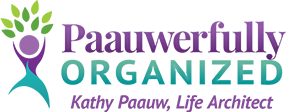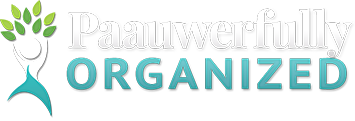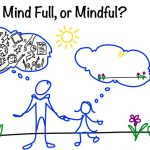The accelerated pace at which life is moving these days is mind-boggling. Making time to practice the art of loafing – taking some down time to think, daydream, or simply enjoy being in the moment — is a critical part of maintaining a healthy mind and body. It also plays a critical role in our ability to be productive and creative. Unfortunately, many of us have become unbalanced “human doings” rather than “human beings.”
When people are in a constant rush, the common courtesies of human interaction – taking the time to say hello, holding the door open for someone, or letting someone into your lane during heavy traffic – fall by the wayside.
In a 2002 study published in the Harvard Business Review, researchers analyzed more than 9000 daily diary entries from people whose work required them to be creative under varying time deadlines. The authors of the study found that creativity flourished for those who were not under intense time pressure. Moments of doing nothing enable us to think and be creative.
“Those who are wise won’t be busy, and those who are busy can’t be wise.” — Lin Yutang, Chinese philosopher
Perhaps you have experienced feeling stuck when working to resolve a problem, only to find the solution when your mind had moved onto something else. How much more creative could we be if we were to allow ourselves the luxury of goofing off, or if we regularly took a longer and more scenic route to a destination? It is often in these moments when we come up with our best and most creative ideas.
Being in the Moment
 I am writing this article on May 24, 2019. Fourteen years ago today, Eugene O’Kelly stepped into his doctor’s office with a full calendar and a lifetime of plans in mind. Six days later he resigned as Chairman and CEO of KPMG — one the largest U.S. accounting firms — after he was given the diagnosis of late-stage brain cancer and was told he had three to six months to live.
I am writing this article on May 24, 2019. Fourteen years ago today, Eugene O’Kelly stepped into his doctor’s office with a full calendar and a lifetime of plans in mind. Six days later he resigned as Chairman and CEO of KPMG — one the largest U.S. accounting firms — after he was given the diagnosis of late-stage brain cancer and was told he had three to six months to live.
Eugene O’Kelly’s a touching memoir, Chasing Daylight: How My Forthcoming Death Transformed My Life, was written in the 3.5 months between his diagnosis and his death in September of 2005. His book reminds us that although our lives and the people in them are temporary joys, the time we spend enjoying them will never be lost.
“What would happen if, rather than dissipating the energy I was spending on the current activity by always having the next one in mind, I concentrated completely on what I was doing at the moment, without a care about what came next?” –Eugene O’Kelly
Prior to his diagnosis, O’Kelly had hired a consultant to help his firm with one of three agendas, noting “the most crucial of the three, the one that I hoped (when I thought about it) would be my legacy: helping our employees to live more balanced lives.”
“The most important note the consultant sounded was that we would have greater success in achieving our goals if we tried not so much to control time — an impossibility, as it is outside us — and instead tried to control energy — eminently possible, as it is within us. You can do anything if you give your best energy to it. Time truly becomes less important.” –Eugene O’Kelly
In pursuit of more balanced lives
 Employees of KPMG started making improvements in physical and dietary habits. The whole point of these modifications, according to O’Kelly, was “to help us feel more alive…to get the most out of each moment and day—and not just pass through it. I felt that if I could learn to stay in the present moment, to be fully conscious of my surroundings, I would buy myself lots of time that had never been available to me, not in all the years I was healthy.”
Employees of KPMG started making improvements in physical and dietary habits. The whole point of these modifications, according to O’Kelly, was “to help us feel more alive…to get the most out of each moment and day—and not just pass through it. I felt that if I could learn to stay in the present moment, to be fully conscious of my surroundings, I would buy myself lots of time that had never been available to me, not in all the years I was healthy.”
Near the end of his life, O’Kelly shared a great piece of advice with his brother, who was very angry about what was happening. He told his brother to take the energy he was spending being angry at the world, double it, and channel it into love for his children.
Imagine what that would do for humankind if we were all to do that.
For tips on staying in the present moment, read last week’s blog, The Power of Mindfulness: What You Practice Grows Stronger.
AAA to the Rescue
Do you need a tow to pull you out of the rut you’re in? Is your work consuming you? These three steps — Awareness, Action, Accountability (AAA) — will help you to address the sticking points in your life:
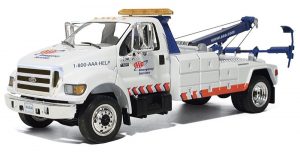 Awareness – Step back and look at the big picture. Observe the balance between your work and personal life. Ask yourself these questions:
Awareness – Step back and look at the big picture. Observe the balance between your work and personal life. Ask yourself these questions:
- What do I want?
- What’s stopping me?
- What’s moving me forward?
- What can I do to achieve what I want with the greatest ease?
Example: I want more free time. I want to feel de-stressed and rested. I want to feel connected to those I care about most. I choose to increase the time and energy I expend to rejuvenate and connect with others.
- Action – What steps will you take to move forward? By when? What daily, weekly and monthly habits will help you achieve your long-term goals? State these as if you were already doing them.
Example: I am leaving the office by 6 PM daily. I am planning at least one activity with a friend weekly. I am going on at least one day or weekend trip with my spouse monthly.
NOTE:
- Studies show that 83% of what we think is negative, which results in reduced productivity and lower morale. Studies also show that we get more of whatever we focus on. Therefore, it’s important to visualize what you want to attract more of, rather than what you don’t want in your life. In the example above, I did not say, “I am not staying at work past 6 PM” because I cannot visualize myself not doing something.
- Notice that the examples above were stated in a way that puts me in action. In other words, I’m not left with just wanting something, but rather with doing something to make it happen. This is an important distinction because our thoughts form pictures. I can visualize myself leaving the office by 6 PM.
- Accountability – How will you hold yourself accountable to taking the action you’ve identified to move you toward your goals? What will support you in forming and maintaining the daily habits that will support your choices?
Public declaration of your intentions is a powerful tool. Tell someone – a friend, family member, co-worker, or your coach – what you plan to do and by when. Be specific. Ask them to check in with you about how it’s going.
Example: I will share my intentions with my coach and will ask her to check in with me weekly about how I am doing in honoring my commitments to myself. Post pictures of what you want so you keep those images in mind. Notice that I included a picture of a AAA tow truck above. I hope when you feel in a rut, you will remember how to tow yourself out by thinking AAA – Awareness, Action, Accountability.
“How different our lives are when we really know what is deeply important to us, and keeping that picture in mind, we manage ourselves each day to be and to do what really matters most.” –Stephen Covey
If you’d like help gaining clarity about your priorities, let’s schedule a no-cost discovery call. I’ll help you get clear, get perspective, and get support.
Additional Resources
- Blog: The Power of Mindfulness
- Blog: Create Space for Living Mindfully
- Blog: White Space
- Blog: Great Leaders Perfect the Art of Delegation
- Blog: Time to Let Go
- Blog: Are You Suffering from Do Everything Myself Syndrome?
- Free E-book: 7 Strategies to Overcome Overwhelm
- Free Coloring Book: Relaxing Designs: Mandala Coloring Book with 24 Designs
- Guide: Banish Stress from Your Life: Your Guide to Living More Peacefully
- Guide: 12 Daily Habits to Improve Your Health & Well-being
- Guide: Cultivating Happiness: Living Life on Your Terms
- Guide: Living With Purpose

Life Architect – Creating Blueprints for Purposeful & Productive Lives
Kathy@OrgCoach.net www.OrgCoach.net Follow me on Facebook
